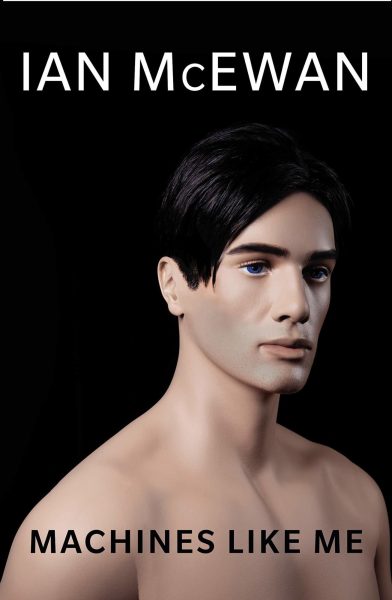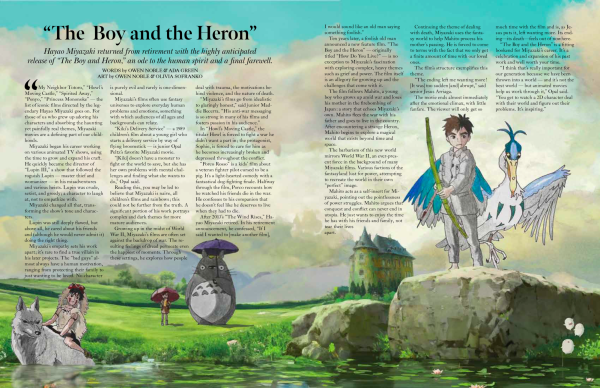The Future, as Told by the Past

May 26, 2020
It’s 2020. In 1985, the “Back to the Future” movies promised us hoverboards, flying cars, holograms, robots, and pizza hydrators. Instead, we wound up with two-wheeled platforms powered by a ‘90s cell phone battery (self-balancing scooters), small batteries with propellers to illegally fly in FAA airspace (drones), and…no holograms. On the other hand, we do have devices that contain all of human knowledge and are small enough to fit in a pocket, instant long-distance messaging, and 3D printers–none of which were widespread visions of the future 25 years ago. Why are we so bad at predicting the future?
History is filled with examples of bad predictions of the future. Although we were right sometimes, like the prediction of credit cards, many predictions were wrong. In the 1800s, we envisioned dense cities of concrete skyscrapers, biplanes flying from tower to tower, and humanoid steam-engine farming robots. In 1900’s comics like Dick Tracy, we predicted “ray guns,” personal rocket ships, and flying cars—all in a distinctly smooth, colorful, and rounded style. Why was that what we expected?
Understandably, humans are not very good at predicting new inventions. If we already knew what the invention would be, we would have made it already. Instead, we envision overly ambitious and more advanced versions of current technologies that we have today. For example, holograms of the future are simply a more advanced version of projectors today. Those floating screens that every sci-fi movie has are an extension of our current touch-screen computers. Star Trek’s warp engines and Star Wars’ hyperdrives are an extension of modern-day rocket engines. The virtual worlds that almost every young adult sci-fi novel has are an extension of current virtual reality (VR) technologies. And back in the ‘50s, the idea of flying cars was just an amalgamation of planes and cars. However, the invention of something like electricity wasn’t really predicted–it was a completely new technology, like computers and the internet more recently.
This means that today, most of our ideas about the future are unlikely to be fulfilled. Our predictions of the future will probably be laughably inaccurate. Future humans will view our idea of the archetypal spaceship–a smooth, white craft with a glowing blue engine in the back–the same way we view the idea of the hoverboard that our predecessors imagined. Humans are naturally somewhat afraid of the unknown, and making predictions can be comforting. Today, we predict Mars colonies, digital consciousness, and massive spacecraft with glowing blue engines. Perhaps we won’t get any of that. But we will certainly get something interesting.
















